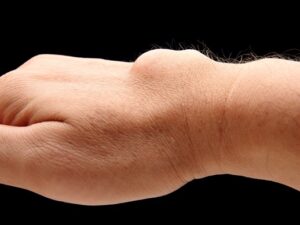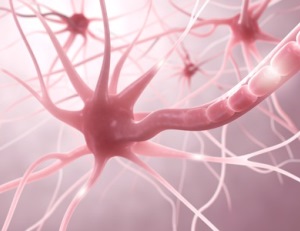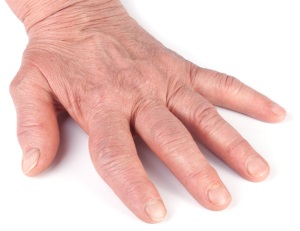Pain
A NOTE FROM DR. ALTMAN
Pain is probably the most common reason patients seek consultation with an Orthopaedist. Whether from injury, overuse or disease, pain disrupts lives in a very real way. The pain may be acute, having come on suddenly; or chronic, where it is experienced for months or years. The location of the pain, its severity and quality are all extremely important factors to consider when being evaluated by an Orthopaedist.
The entire upper limb, from the shoulder to the hand, works as a single functioning unit.
Other than pain arising from injury, there are many common conditions that present with a variety of painful symptoms with regard to the hand and upper extremity.
An upper extremity Orthopaedic subspecialist considers the neck as the base of the hand. This is because the origin of the nerves traveling down the arm to the hand starts at the neck. Any condition that causes compression of nerves in the neck may well manifest as pain anywhere in the arm or perhaps even in the hand. So, an examination of the hand and consideration of conditions affecting the upper extremity always starts at the neck.
The shoulder is also a common source of pain. Tears of the rotator cuff tendon, shoulder bursitis, shoulder arthritis, or shoulder instability arising from a history of dislocations due to injury; all can cause pain about the shoulder and upper arm.
An elbow afflicted with pain can be the result of overuse, giving rise to a variety of conditions, including tennis elbow, golfer’s elbow, or a pinched nerve at the the elbow called cubital tunnel syndrome. This can manifest as pain in the hand along with numbness involving the small finger. Or perhaps you have experienced painful locking of the elbow, which could be related to a loose boney fragment in the joint. Arthritis of the elbow, although not as common as shoulder or wrist arthritis, may certainly be a source of elbow pain and restricted mobility.
The hand and wrist are often painful. Overuse can cause tendon inflammation, “tendonitis”, about the hand and wrist. Arthritis at the base of our thumb, the “basal joint”, is one of the most common locations for osteoarthritis to occur in the body. Basal joint arthritis results in aching discomfort along the axis of the thumb when pinching, twisting and grabbing hold of objects.
Injuries to the wrist can lead to a variety of wrist fractures at the end of the forearm bone called the radius, “distal radius fractures”. These fractures are the most common “fracture or break” to occur in adults. The wrist joint is comprised of eight “carpal” bones sandwiched between the two forearm bones and the five hand bones. In addition to fractures, falls, twisting injuries, or simple overuse can cause partial or complete tears, or “sprains”‘ of the many ligaments that tie all the wrist bones together. One of the most common occurring fractures of the “carpal” bones, frequently occurring in young athletes is a “scaphoid” fracture. It is often missed at the time of initial injury. A pinched nerve in the wrist, the median nerve, can result in “carpal tunnel syndrome” with hand pain and finger numbness.
The causes for pain involving the entire arm, from the hand to shoulder, are many and warrant a thorough evaluation by an Orthopaedic sub-specialist in the hand and upper extremity.
AFFILIATE ORGANIZATIONS








